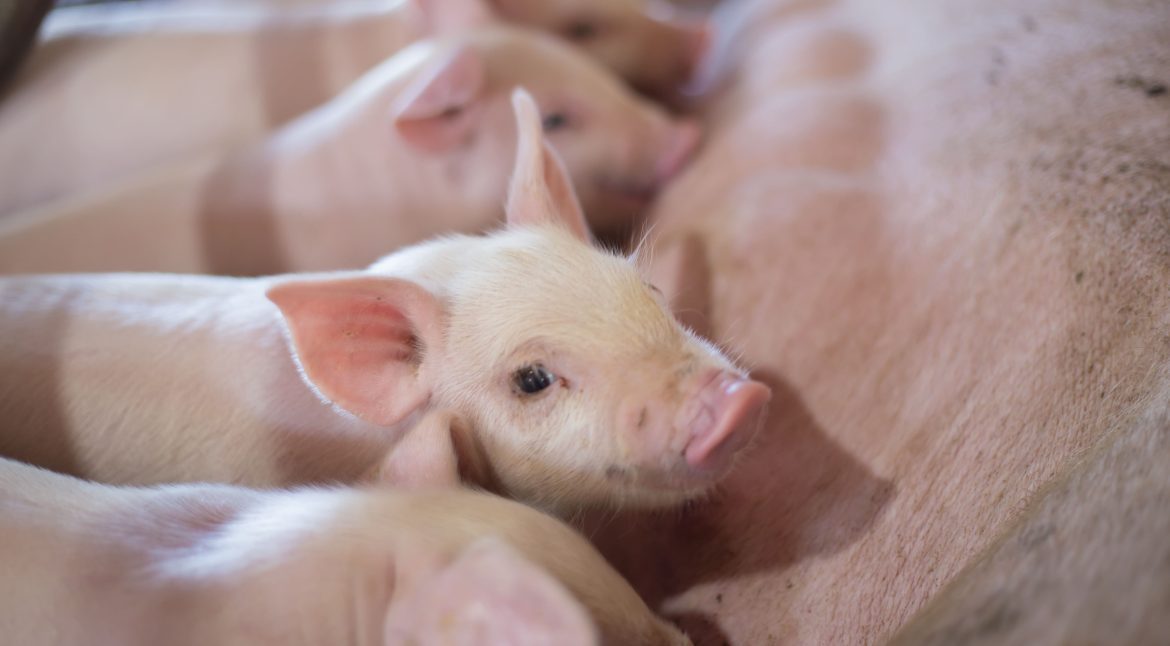Today’s swine industry increasingly relies on hyperprolific sows, entailing challenges related to heterogeneous and numerous litters having lower viability and poorer adaptation to weaning. This study compared the intestinal transcriptome of piglets with differences in body weight (BW) at weaning, to explore mechanisms underlying differences in adaptation and growth during transition. Gastrointestinal physiology can be modulated through taste receptors in gut. Hence, we additionally tested the hypothesis that umami stimulation (using sources of specially selected amino acid and nucleotides activating/potentiating pig umami receptors) could improve gut maturity of lightweight piglets. Thirty two crossbreed (Danbred x Pietrain) early weaned (average: 21d) piglets were assigned to two groups with extreme averaged BW (light, L, 3.8 kg; heavy, H, 5.7 kg). Each BW group was divided into two treatments – control (C) and umami (U) – differing on the supplementation of umami to the basal diet. On day 35, ileal samples from six piglets of each group were collected for histological analysis and transcriptome (RNAseq and qPCR) profiling. At this time, U treatment had reduced the BW coefficient of variation by 6.7% vs. C piglets. A significant BW effect was found on ileal histomorphology. A total of 443 genes were significantly differentially expressed (DEG) between L and H piglets. Functional enrichment analysis highlighted pathways activated in the H group related to immune signalling, immune response, cellular growth, proliferation and differentiation, specially concerning maturation of the haematological system and lymphoid tissue. Results of qPCR additionally showed significant effects of BW on the expression of genes related to nutrient transport, intestinal integrity/barrier function, and immunity. However, a much lower number of DEG were found between L and H piglets in U treatment (22 vs. 180 DEG in control), indicating a potential of umami stimulation to reduce the maturation gap between L and H piglets.

Autores: Morais, S., Tedo, G., López-Vergé, S., Benítez, R.M., Óvilo, C.
Libro/Revista: 15th International Symposium on Digestive Physiology of Pigs, Rotterdam, The Netherlands
